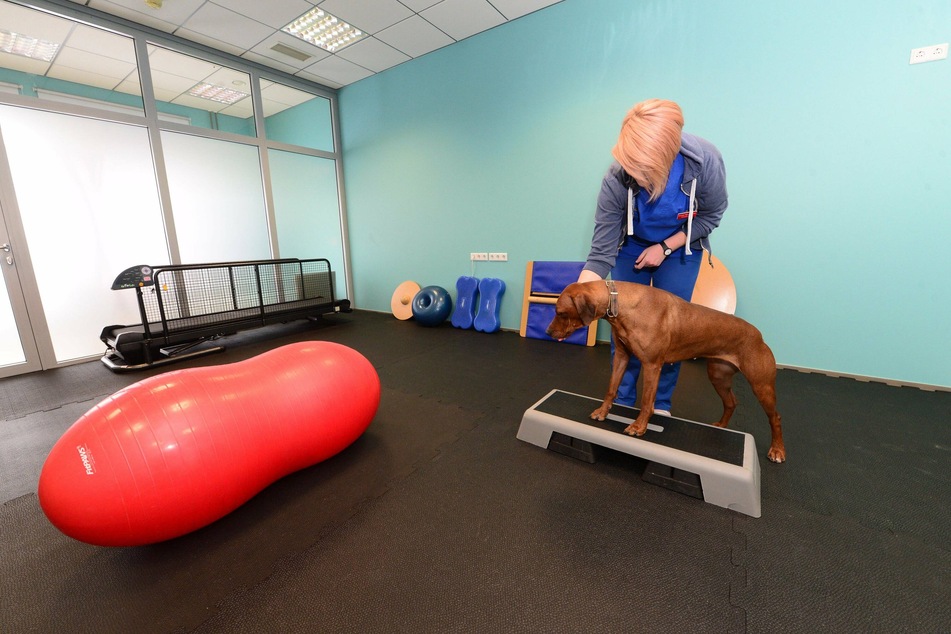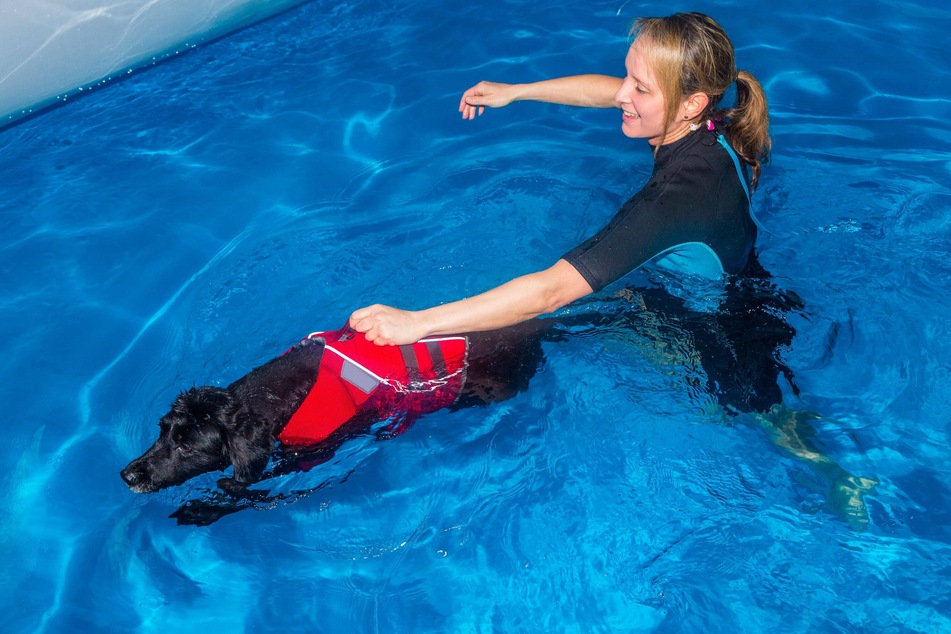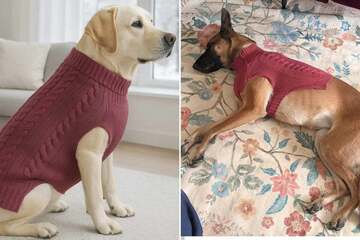For four-legged friends, physiotherapy can make a world of difference
Your four-legged friend can't move like they used to, perhaps from an old injury or just as part of getting older. In such cases, physical therapy could make a world of difference for an animal.

"We've long been working together with animal physical therapists," says veterinarian Yasmin Diepenbruck. "Specifically implemented physiotherapeutic measures can have a positive effect on movement, either as a supplement or after completion of the veterinary treatment," explains the Germany-based animal medical expert.
A classic example is a torn ligament, especially in the knee area, after too much heavy rough-housing or from an accident.
After an operation, the dog, cat or horse has to go easy on the leg in question for six to eight weeks. During this time, most animals develop a protective posture and change the way that they move. "As a result, the muscles and fascia can shorten," says the veterinarian.
To strengthen them again, stretching exercise or water gymnastics can help. "During hydrotherapy, dogs run on a treadmill against the water resistance, and the buoyancy relieves the joints," says Katrina Hannemann, who is an animal physical therapist from Germany.
"These gentle movements in the water enable targeted muscle-building and helps to re-train the gait after an injury," she explains.
Hannemann herself gets in the pool with the dog and adapts its harness, allowing her to control the therapy session. The treadmill speed is adapted for each animal's individual needs during treatment.
Pets show their pain in different ways

However, before the therapy can even begin, the four-legged animal first has to undergo a visual examination. Newcomers like the 11-year-old giant schnauzer Kaja must walk around outside the building and, if possible, trot along the street, before entering.
"By doing this, I can already see the first signs of where the limitations are, for example, whether this knee is bent in the right direction or if the shoulder doesn't move right," says Hannemann.
After this initial check, then it's onto a soft mat inside the practice. The physiotherapist carefully checks each joint.
"A severe claw injury on the left, for example, can be the result of the animal straining primarily the right leg over a long period of time and thus overloading it. Knee problems are often caused by taking on a posture to avoid pain when the back's not right."
To recognize which spots hurt, Hannemann carefully presses on certain trigger points on the animal's body. "Some dogs show pain by smacking their lips, while others whimper. There are also those that bite right away. That's when you need a bit of instinct," says the expert.
Laser therapy is used for bruises and tendon injuries, which improves blood flow to the affected area and helps it heal and regenerate faster and reduces scarring. It's also used to relieve arthritis pain, according to Hannemann, which is why Kaja is visiting today.
Cover photo: imago images / Scanpix

